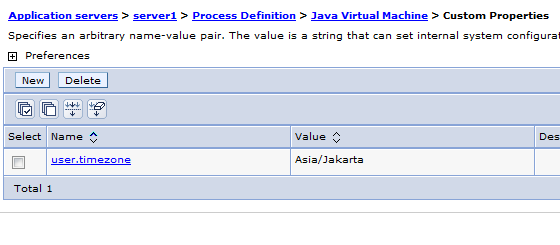All you have to do is open the excel sheet, and fill in the red numbers in the excel sheet, which you can find on the links next to each box.
Excel will then automatically calculate the intrinsic value of the stock you are analyzing.
For example, if you are looking at http://finance.yahoo.com/q/ks?s=PEP+Key+Statistics and you would like to see the data of Coca Cola co. instead of Pepsico, change the ticker from PEP (which is the ticker of Pepsico) to KO (which is the ticker of Coca Cola).
The link to visit then becomes: http://finance.yahoo.com/q/ks?s=KO+Key+Statistics for example.
Method number 2 is more advanced, and takes into account Free cash flow, net cash position and future growth.
This method discounts the future values at a discount rate of 9% per year, which is the return you can expect over the long run in the stock market (7% price appreciation per year + 2% dividend yield per year).
The best thing you can do is to use methods used by the biggest value investors in the world, such as Warren buffet, Joel Greenblatt, Monish Pabrai and the likes…

